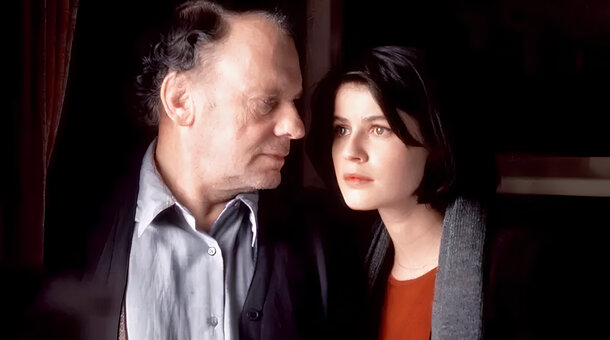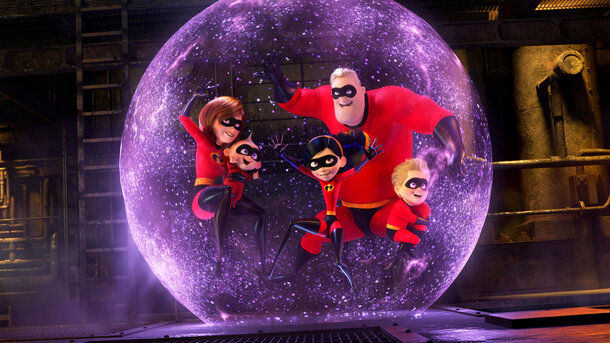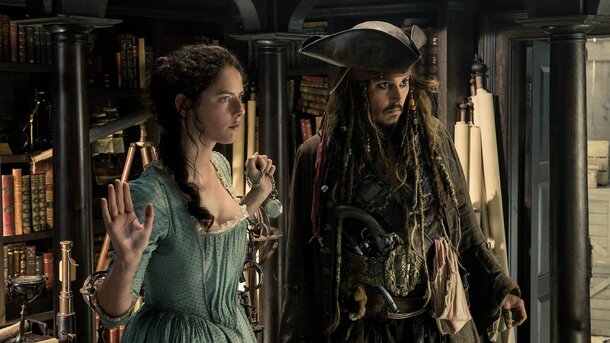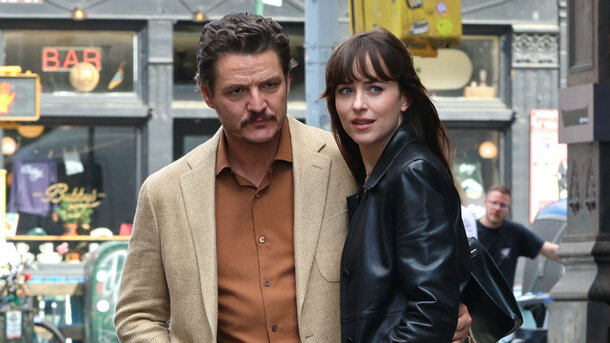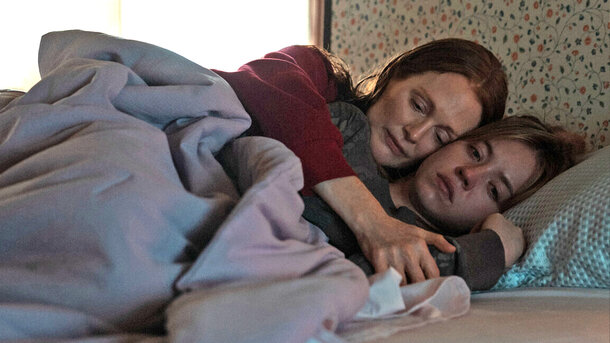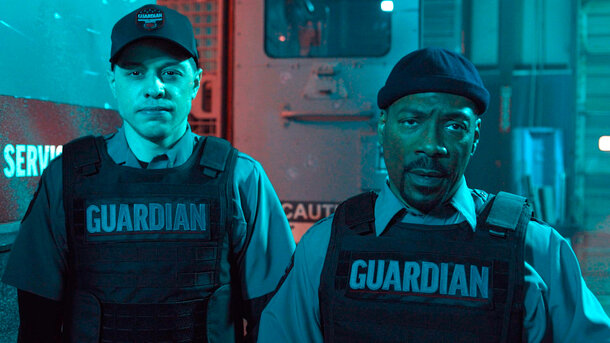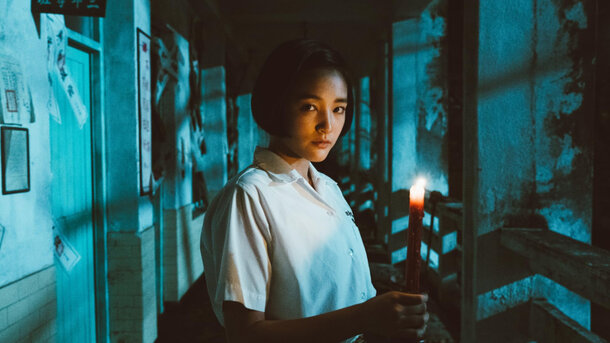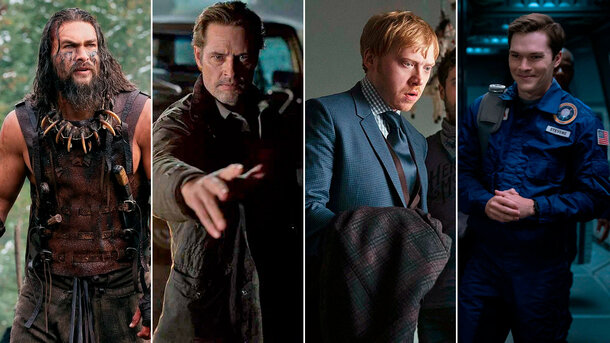Introduction
Three Colors: Red (1994) stands as the crowning achievement of Krzysztof Kieślowski's acclaimed Three Colors Trilogy, which explores the ideals of the French Revolution: liberty, equality, and fraternity. This final installment delves into the theme of fraternity, weaving a complex narrative that examines the unforeseen connections between seemingly unrelated lives.
Plot Overview
The film centers on Valentine Dussaut, portrayed by Irène Jacob, a kind-hearted model living in Geneva. After accidentally injuring a dog named Rita, Valentine meets the dog's owner, Joseph Kern, a retired judge played by Jean-Louis Trintignant. Kern's disillusionment with life has led him to eavesdrop on his neighbors' private conversations. As Valentine confronts him, an unexpected bond forms between them, prompting both to reflect on their past choices and the invisible threads connecting their lives.
Themes and Symbolism
'Three Colors: Red' intricately explores themes of destiny, interconnectedness, and the moral implications of privacy invasion. The pervasive use of the color red throughout the film symbolizes passion, fate, and the intricate ties that bind individuals. Kieślowski masterfully employs visual motifs, such as recurring imagery of broken glass and telephone wires, to underscore the fragility and complexity of human connections.
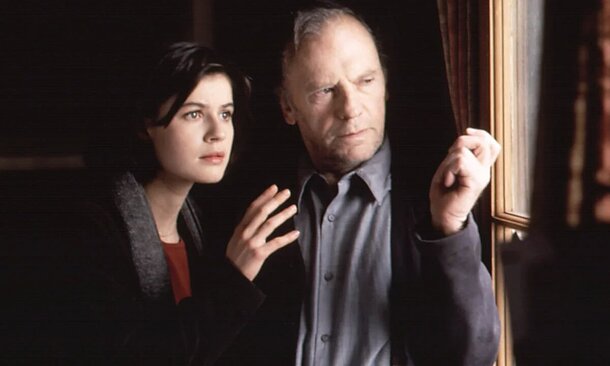
Critical Reception
Upon its release, Three Colors: Red garnered universal acclaim. Critics lauded its profound narrative and visual artistry. The film holds a 100% approval rating on Rotten Tomatoes, with an average rating of 8.8/10. Renowned critic James Berardinelli described it as a "subtle masterpiece," highlighting its "satisfying exploration of complex themes such as destiny and platonic love." The film received three Academy Award nominations: Best Director for Kieślowski, Best Original Screenplay for Kieślowski and Krzysztof Piesiewicz, and Best Cinematography for Piotr Sobociński.
Conclusion
Three Colors: Red is more than a film; it's a profound meditation on the unseen forces that link human lives. Kieślowski's direction, combined with compelling performances by Jacob and Trintignant, crafts a narrative that resonates deeply, prompting viewers to ponder the serendipitous events that shape our existence. This cinematic masterpiece invites you to reflect on the delicate interplay of chance, choice, and destiny in the tapestry of life.
